The International Space Station is more than just a home to astronauts — it also contains organisms that are exposed to the harshest space conditions outside the ISS. Space contains extreme temperatures, high levels of background radiation, micrometeoroids and the unfiltered glare of the sun. Materials and equipments on the outside of the space station are exposed to atomic oxygen (AO) and other charged particles as it orbits the Earth at the very edge of our atmosphere.
Scientists aboard the ISS have identified some of the materials, equipment and organisms for several potential uses since they are able to withstand such a violent environment.
“There are ways to test the various components of space exposure individually on the ground, but the only way to get the combined effect of all of them at the same time is on orbit,” says Mark Shumbera of Aegis Aerospace, which owns and operates the MISSE Flight Facility (MISSE-FF), a platform for space exposure studies on station, in a media release. “That’s important because combined effects can be very different from individual ones.”
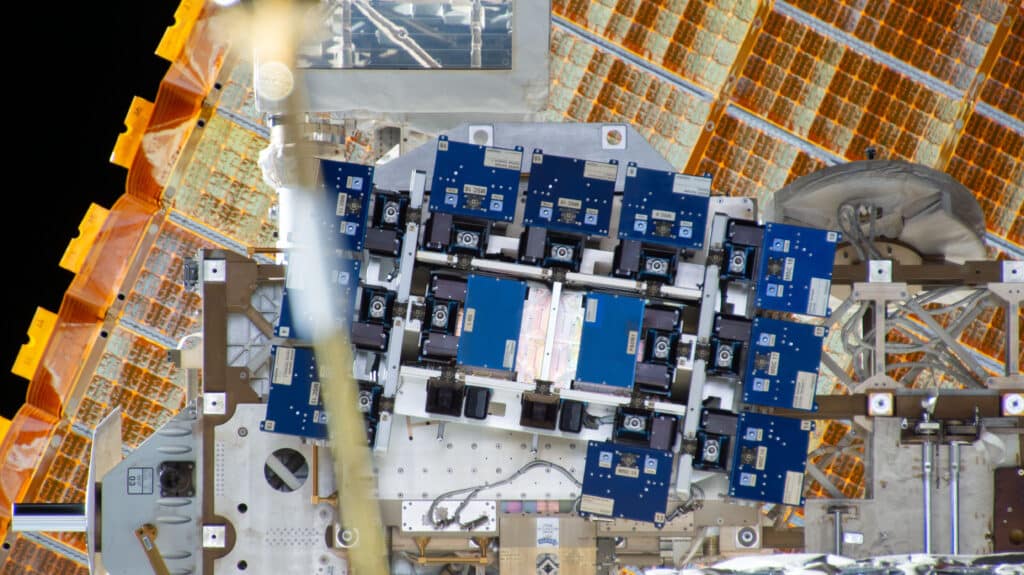
Missions launch every six months to MISSE-FF. The missions are sponsored by the ISS National Lab. These missions help scientists understand how new technologies react to the space environment. “Before using a technology on an operational satellite or vehicle, you want some confidence that it will perform the way you think it will in the space environment,” notes Shumbera.
MISSE-FF has high-definition cameras that take photos of all items on its exposure decks and sensors. It records environmental conditions like temperature, radiation, and UV and AO exposure. The test articles are brought back to Earth for post flight analysis.
During multiple missions on the MISSE-FF, NASA scientists have analyzed the effects of atomic oxygen and radiation on hundreds of samples and devices. Kim de Groh, senior materials research engineer at NASA’s Glenn Research Center in Cleveland, tests two environmental degradation effects during MISSE missions. De Groh studies how quickly material erodes due to AO interaction and also tests the durability of different materials to find those that resist becoming brittle due to radiation and temperature cycling in space.
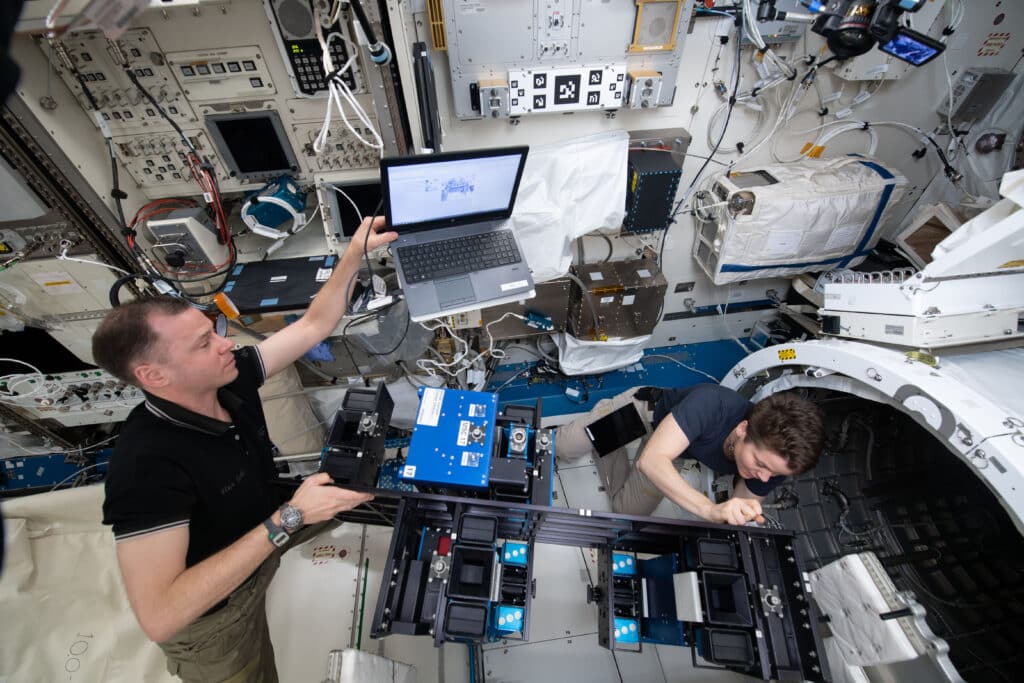
“The ideal situation is to actually expose samples to space, to experience all the harsh conditions at the same time,” explains de Groh.
The European Space Agency’s EXPOSE-R-2 facility also allows scientists to test samples in space. ESA scientists are testing microorganisms that are tolerant of extreme conditions. These microorganisms have potential uses in life support systems for missions that travel farther from Earth and cannot rely on resupply missions.
For one test aboard the EXPOSE-R-2 facility, dried Chroococcidiopsis cells received an ionizing radiation dose equivalent to a trip to Mars during exposure on the space station. Scientists found the bacteria could be transported to Mars and rehydrated on demand. Scientists also mixed the dried cells with a stimulant of Martian dust and received a UV dose corresponding to about four hours of exposure on the Martian surface.
“The aim of this study was to verify whether this cyanobacterium could repair DNA damage accumulated during travel to Mars and exposure to unattenuated Mars conditions,” says Daniela Billi, a professor in the biology department of the University of Rome Tor Vergata and an investigator for BOSS and BIOMEX.
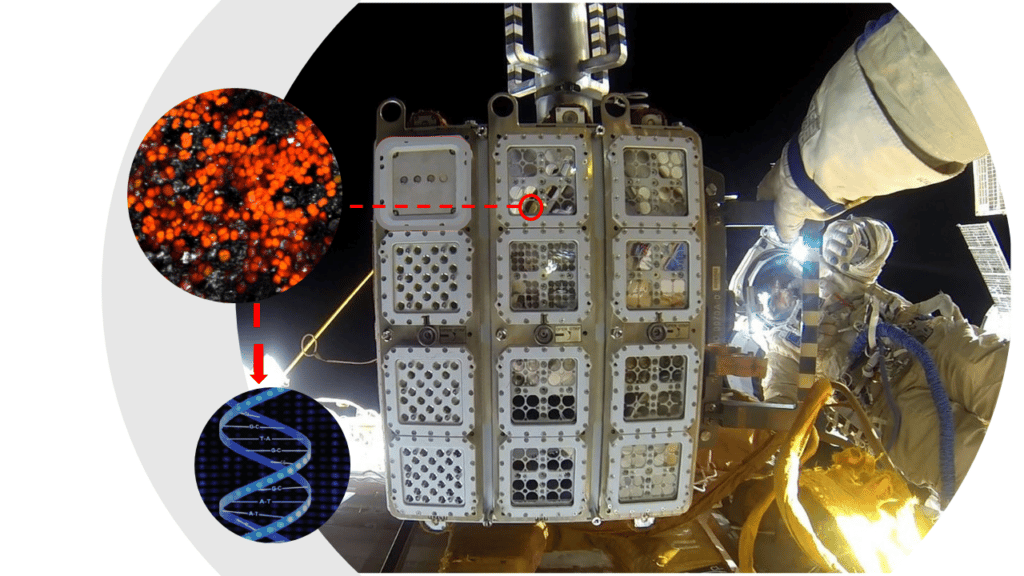
The study suggests cyanobacterium could repair DNA damage. This increases the potential for using this organism to employ resources available on site to support human settlements.
Another study from EXPOSE-R-2 found signs of life in melanin-containing fungi after 16 months of exposure to space. Scientists say fungal melanin pigment plays a role in cellular resistance to extreme conditions, like radiation. The fungi could also potentially be used as radiation protection on future deep space missions. The study discovered a thin layer of one strain of melanized fungus decreased radiation levels by nearly 2 percent and potentially as much as 5 percent.
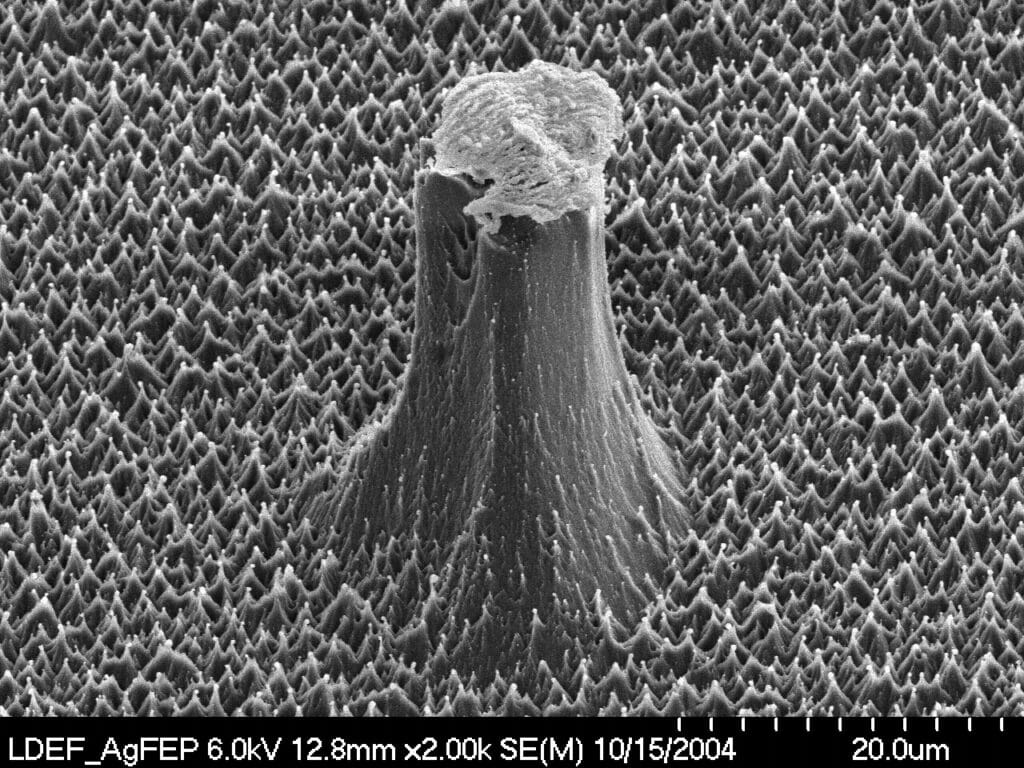
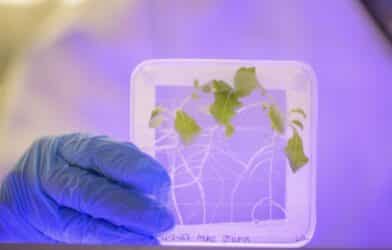
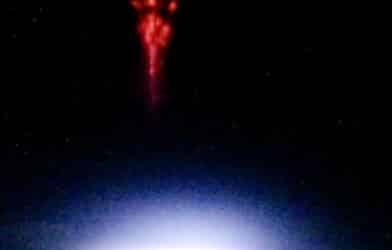

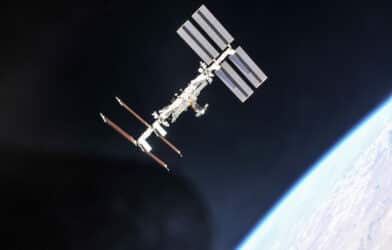
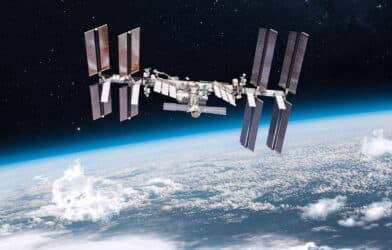
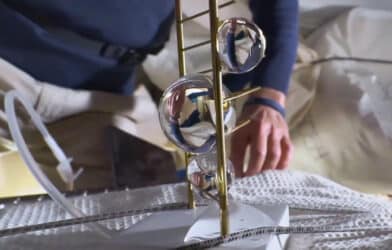






Excellent piece of information for manned deep space voyage.Cyanobacterium could repair damaged DNA.One step into Space.
Cool!
Cool!
This sort of bacterium could be a second penicillin, it could revolutionize the medical field as well as be harvestable from environments exposed to open space.
CAN I GET AN INJECTION?!